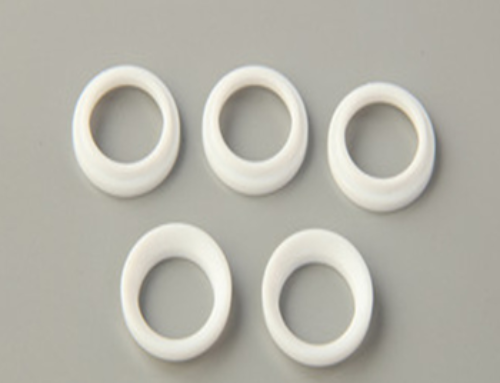An automatic molding machine is a type of industrial equipment used to produce molded parts and components through automated processes. These machines are designed to perform the molding operation without manual intervention, increasing production efficiency and consistency. They are commonly used in manufacturing industries such as automotive, electronics, and plastics, where high volumes of molded parts are required.
1. Function of an Automatic Molding Machine
The primary function of an automatic molding machine is to shape raw materials into desired forms using a mold. This is achieved by applying heat and pressure to materials such as plastic, rubber, metal, or composites. The machine automatically controls various parameters such as temperature, pressure, and cycle time to ensure precision and repeatability in the molding process.
2. Types of Molding Machines
There are several types of automatic molding machines, including injection molding machines, compression molding machines, and blow molding machines. Each type is suited to different materials and production processes. For example, injection molding machines are used for molding plastics, while compression molding machines are often used for rubber or composite materials.
3. Benefits of Automatic Molding Machines
Automatic molding machines offer several advantages over manual or semi-automatic systems. They increase production speed and consistency, reduce labor costs, and improve part quality by minimizing human error. Additionally, these machines can handle complex and intricate mold designs, making them suitable for a wide range of industries.
4. Applications of Automatic Molding Machines
Automatic molding machines are used in various applications such as automotive part production, consumer electronics, packaging, medical devices, and more. They are particularly valuable in industries that require high-volume production of precision parts with minimal variation.













Leave A Comment
You must be logged in to post a comment.